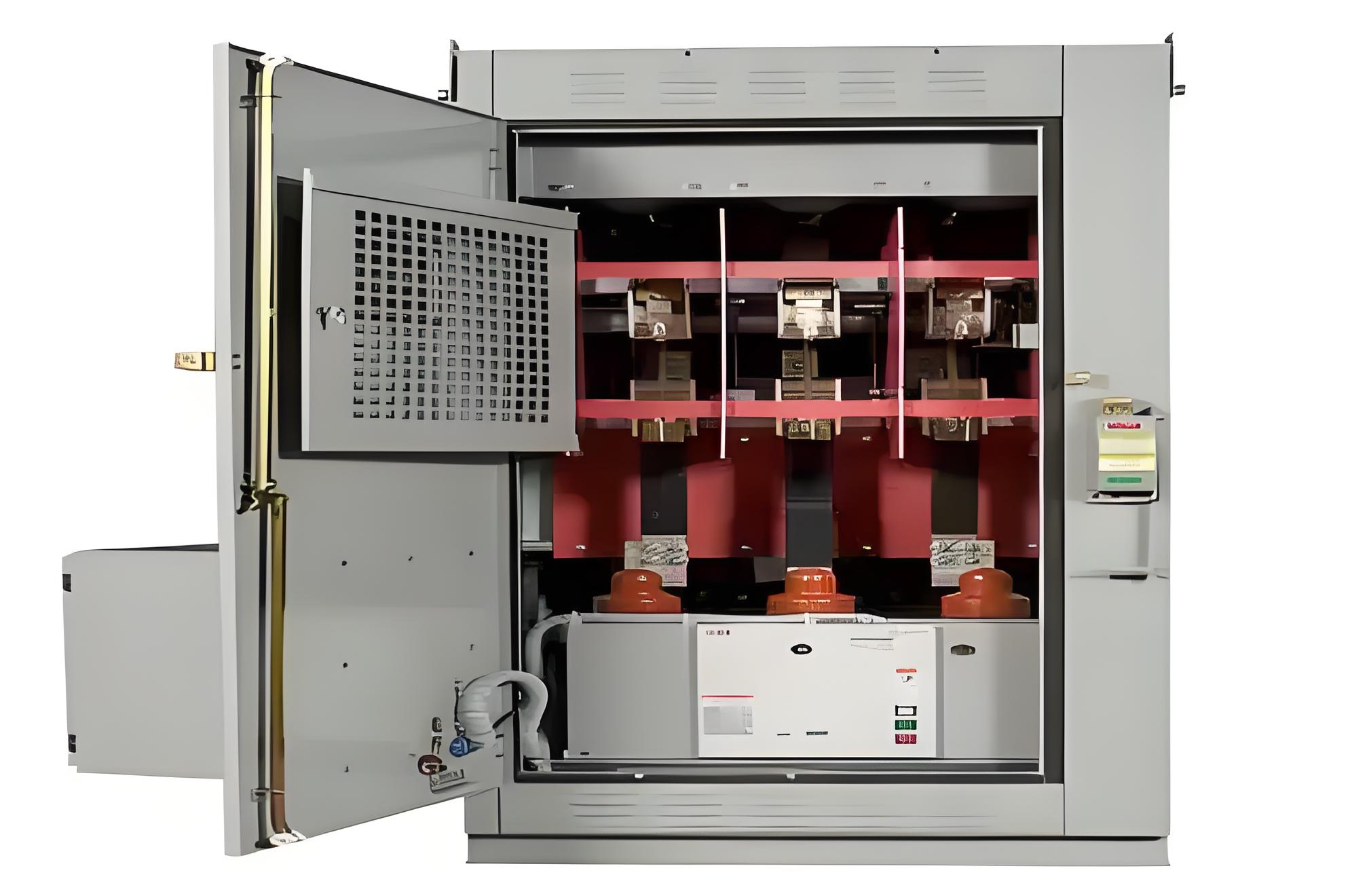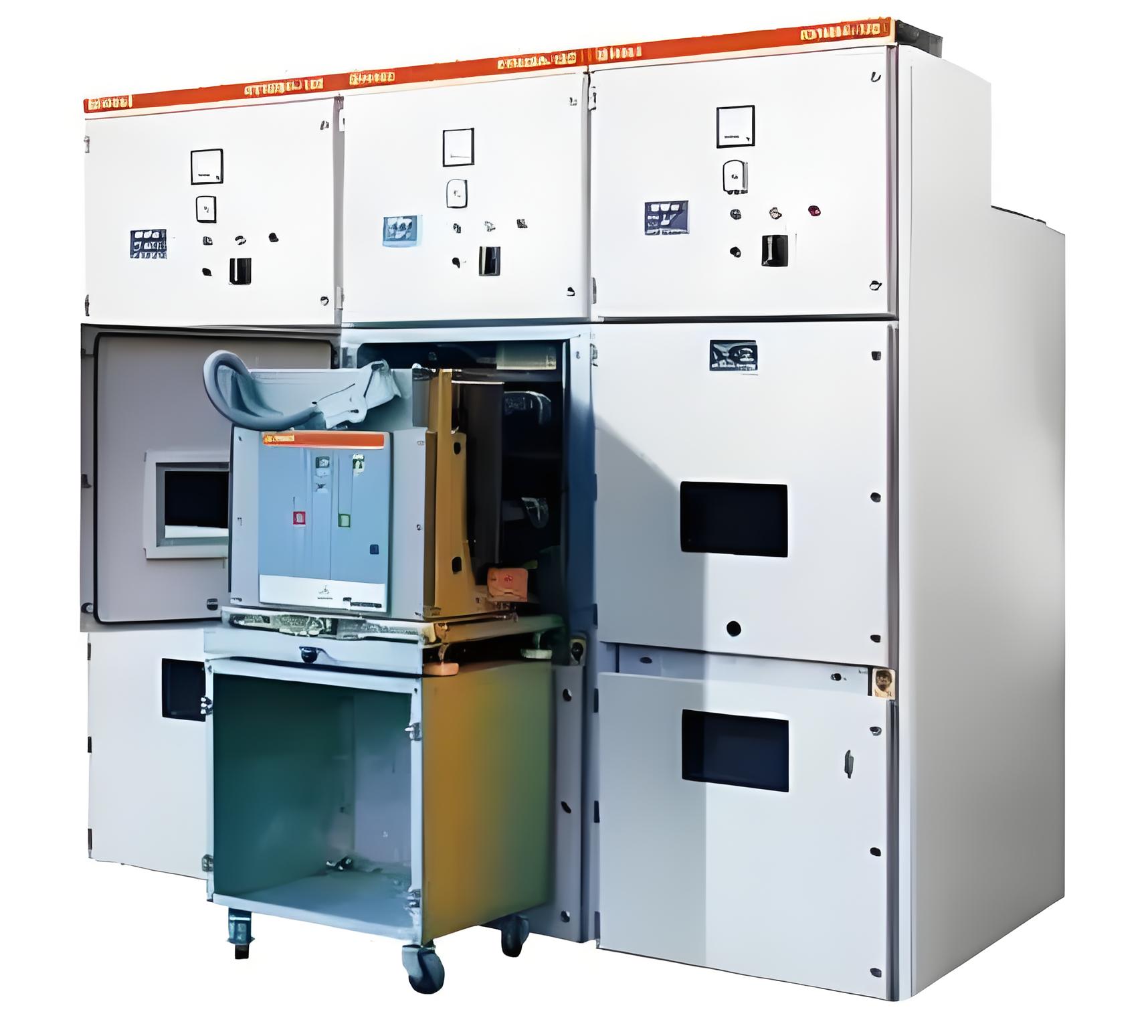What is Indoor Switchgear ?
What is Indoor Switchgear ?
Indoor Switchgear Definition
Indoor switchgear is defined as a type of electrical switchgear enclosed in a grounded metal case, commonly used for medium voltages.
Indoor Switchgear Classification
Metal-enclosed indoor switchgear.

Metal-clad indoor switchgear

Gas-Insulated Systems
Indoor switchgear often uses GIS, insulated with SF6 gas, which has superior dielectric properties compared to air.
Metal-Clad Switchgear
This type of indoor switchgear is highly customizable and uses vacuum-type circuit breakers, offering isolated relaying and metering instruments.
Advantages of Indoor Substation
More reliable and safer
Takes lesser space than the outdoor system
Easier maintenance and durability
Lower operating costs
Reduced risk of electrocuting due to grounded metal enclosures
More security
Lesser prone to environment conditions
Limitations of Indoor Switchgear
The main drawbacks are higher installation costs and less economic viability for high-voltage applications.
The Electricity Encyclopedia is dedicated to accelerating the dissemination and application of electricity knowledge and adding impetus to the development and innovation of the electricity industry.













